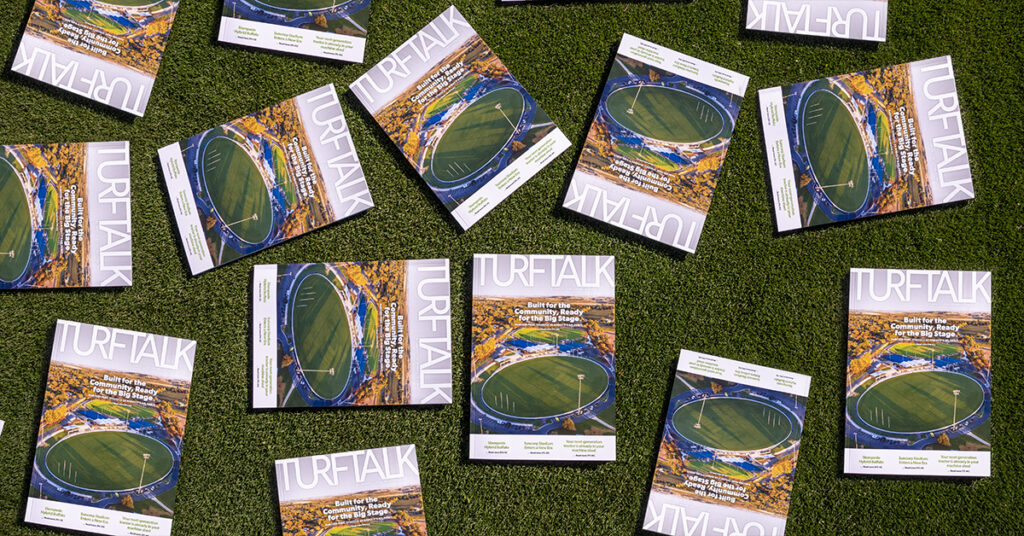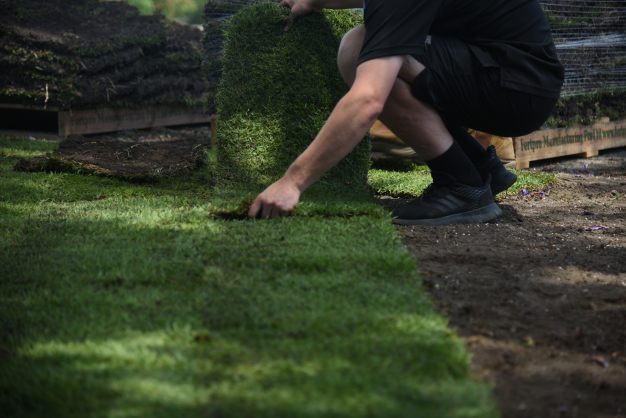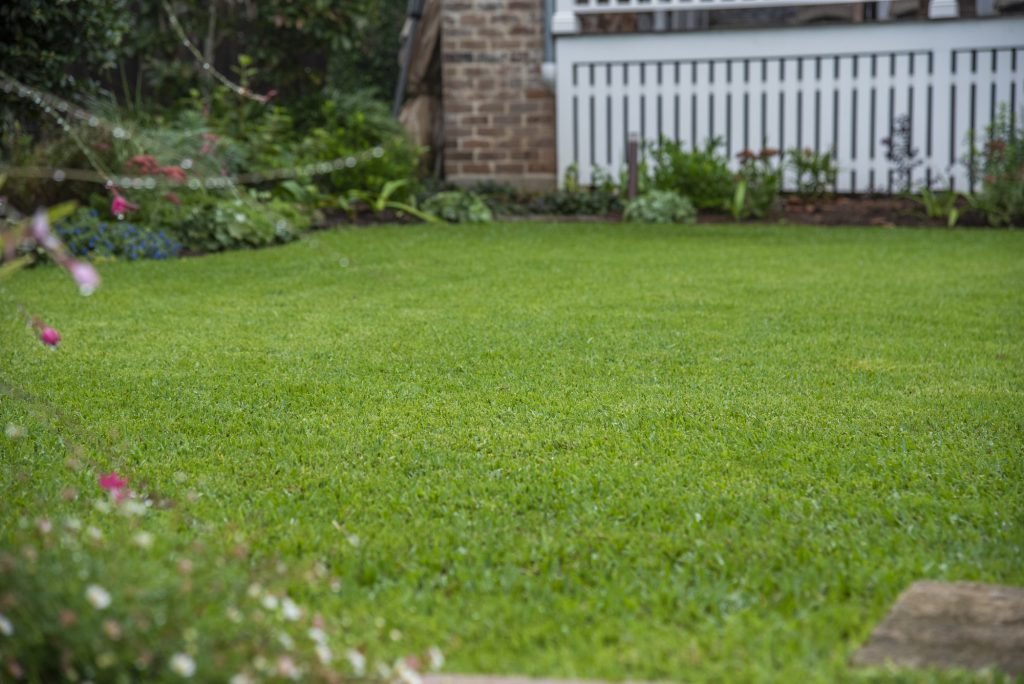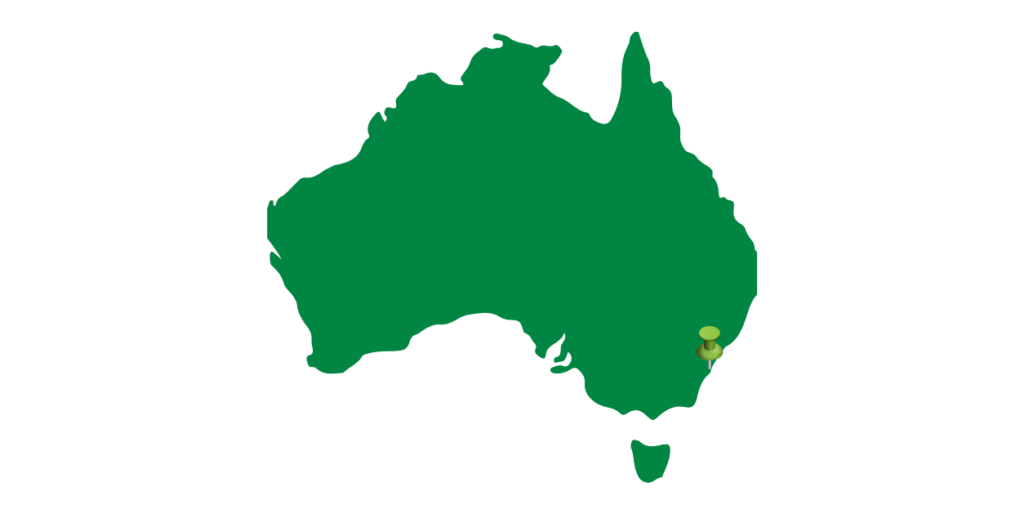
In the winter months of the year, most grasses across Australia will be slow in growth and can lose some colour. This is mainly due to the drop in soil temperatures and the reduced amount of direct sunlight. However, as Australia (and even New South Wales) is such a large continent, different areas will face different conditions at each time of year.
We’ll be looking specifically at Canberra and surrounds, the Southern Highlands, and the South Coast regions of NSW.
GRASSES IN Canberra, Goulburn, & the southern Highlands
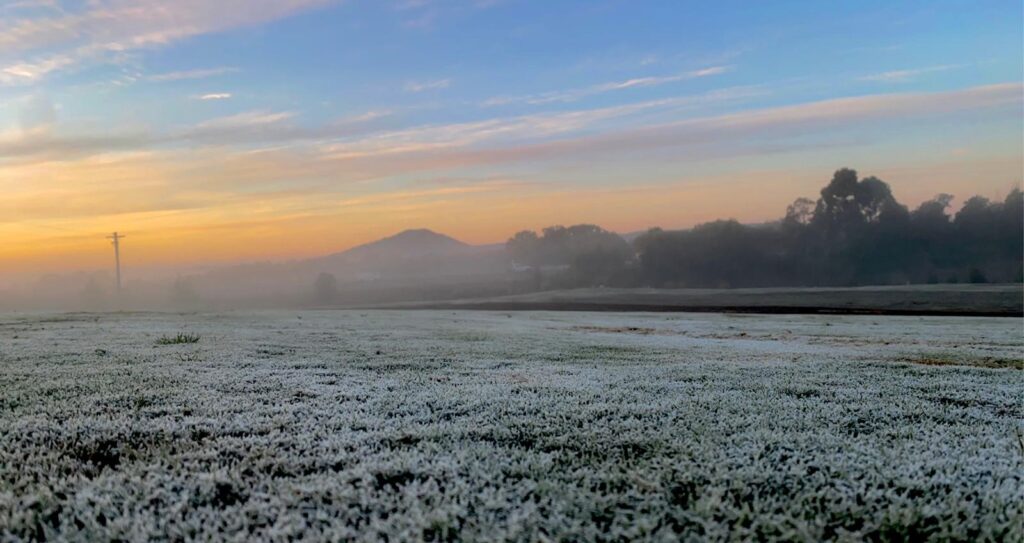
Australian Capital Territory, Goulburn, and the Southern Highlands regions are generally one of the hardest hit by cooler temperatures. These regions will usually experience multiple frosts per year and have bigger temperature variations. The hot summers and cold winters can make it challenging to find a turf variety that suits these conditions year-round.
Most of the common grasses here in Australia are warm-season grasses. This includes Buffalo, Couch, and Kikuyu. In winter, they can slow in growth, and some colour loss is expected. Whilst they do lose colour, they will always naturally bounce back in colour and health once the weather warms up.
Frosts cause damage to turf when the moisture inside the leaf blade freezes and expands. This causes the cell wall of the grass to rupture, damaging the turf. Frost can also cause significant discolouration to the leaf as the damaged cell walls slows down photosynthesis.
Couch and Kikuyu grasses like Eureka Kikuyu and TifTuf Hybrid Bermuda have a fast-growing nature, making them able to bounce back quickly once the warmer temperatures start in spring.
Buffalo grasses usually need a few weeks of warmer temperatures to return to their former colour.
Zoysia grasses are generally slower growing grasses, so they will take the longest to bounce back from frost damage once the warmer temperatures come.
Fescue, Rye Grass, and cool-season blends are common around this region. These grasses will hold better colour during cooler conditions as they contain proteins that prevent them from freezing. However, during the warmer months, these grasses will require significantly more water than warm-season grasses to stay green and healthy. Cool season grasses also have poor weather tolerance and are susceptible to grub damage.
GRASSES IN THE Illawarra, Shoalhaven, & South Coast of NSW
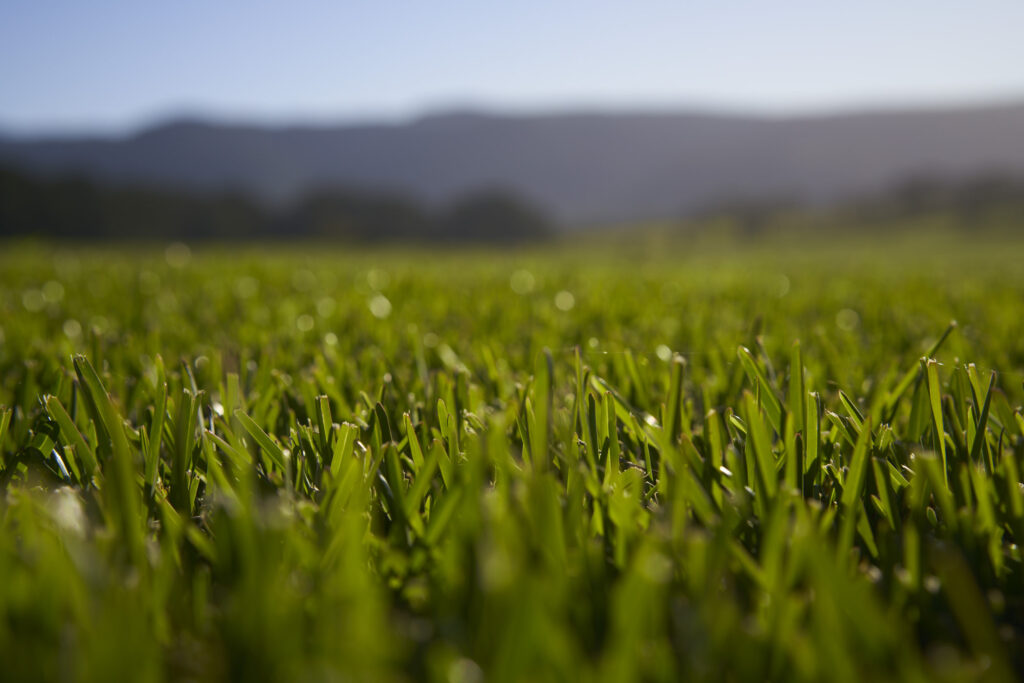
The Illawarra, Shoalhaven, and South Coast areas will notice a drop in temperatures over winter. Over winter these areas will encounter very few frosts. Lawns will mostly lose colour and will be impacted by shorter hours of sunlight.
Like in the ACT and the Southern Highlands, you will mostly find warm season grasses like Buffalo, Couch and Kikuyu. As these grasses are warm-season varieties, they will slowdown in growth and can lose some colouring.
Cool-season grasses are not as common in this region. This is due to the warmer winters and warmer summers compared to southern regions. As a result, cool-season grasses will struggle and require more water to survive and thrive than warm-season varieties.
Sun loving turf varieties like Couch and Kikuyu will primarily be impacted by the shorter hours of sun during the day. These varieties need around 5 hours of direct light per day. When this is reduced and shade levels are increased, this can interrupt the turf. If your lawn lacks sunlight throughout winter, prune back any surrounding trees and shrubs to allow more sunlight to reach your lawn.
Buffalo like Sir Walter DNA Certified and Zoysia grasses like Sir Grange Zoysia are generally more shade-tolerant turf varieties, only needing around 2-3 hours of direct sunlight per day.
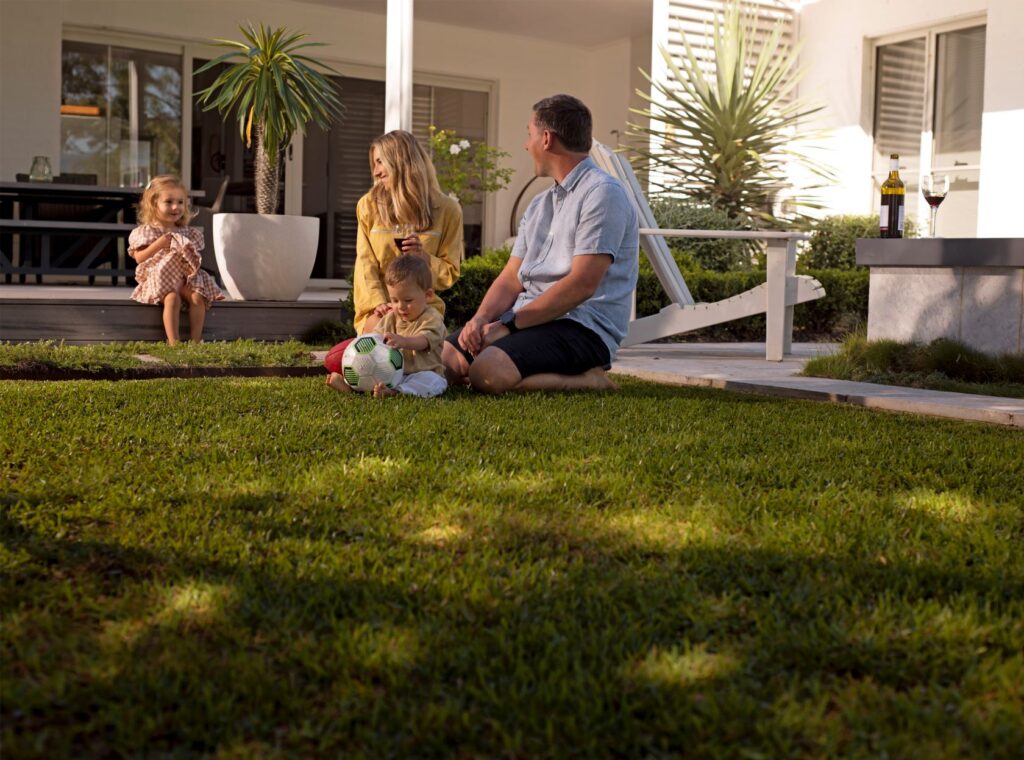
The natural green ‘Paint’ for your lawn: COLOURGUARD PLUS
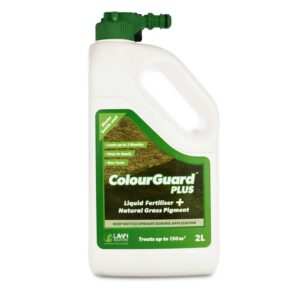
ColourGuard Plus is a natural grass pigment combined with a soluble fertiliser. This 100% natural grass colourant will keep your lawn looking fantastic year-round. ColourGuard Plus adds visual appeal to lawns. The formulation consists of natural ingredients that will not harm the health or growth of the turf. In fact, this product will help protect your lawn in winter by keeping its blade up to 2 degrees warmer.
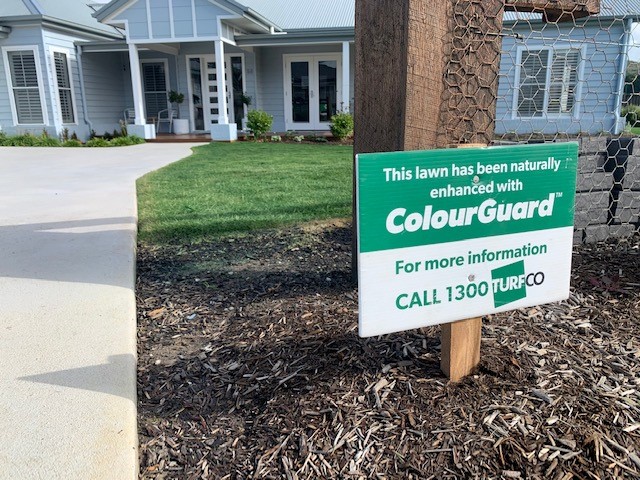
For more information on ColourGuard Plus click here.
For more lawn care tips and advice, check out our other lawn care blogs .

